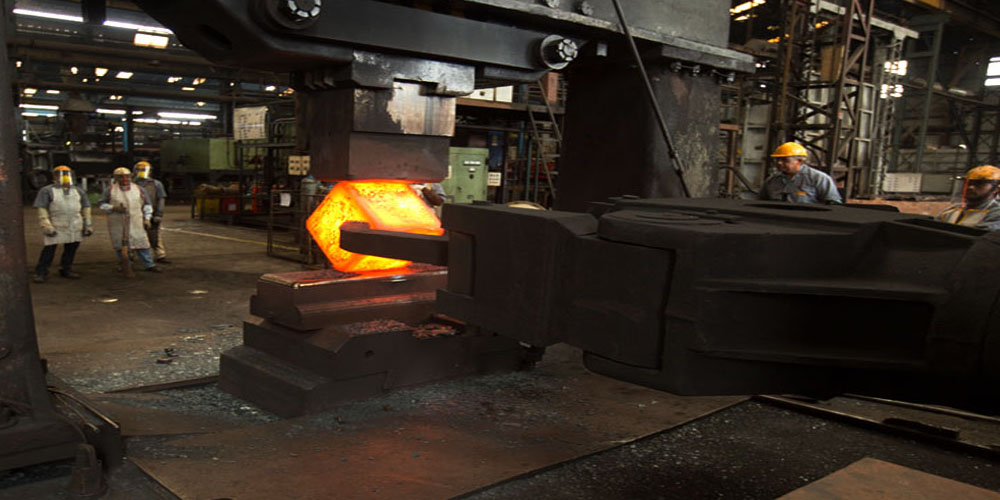More vital forge auto parts can be produced via forging than cast or machined auto parts. This is because forging results in a grain structure that follows the shape of the part, making forged car parts stronger. Nothing compares to forgings in terms of strength and dependability.
With the development of forging technology, forged products now come in a wider variety of shapes, sizes, and performance levels that may satisfy demanding design and performance specifications.
Forgings are frequently chosen for important car parts, such as vehicle engine components, where strength, dependability, economy, impact resistance, and fatigue resistance are vital factors. The necessary level of high or low-temperature performance, ductility, hardness, and workability is provided by forged materials. In the recent discussion, we’ll explain certain kinds of forging employed by the forging companies depending upon the requirements.
Certain Categories of Forging
The majority of societal demands call for parts, which are created by modern forging employing an extensive range of advanced technical ways and some robust equipment. A broad term used to describe a number of techniques employed to transfer metal sheets into some handy products is “forging.”
Cold forging, as well as warm/hot forging, are the two main divisions in forging. While hot forging slightly warms metals to the melting point, cold forging uses little heat to work with and shape metal for a variety of applications.
Open Die Forging
Open die forging also known as “drop forging” alters a piece of work without the whole encompassing of the metal in the die. When using an open die forging technique, the piece of work is repeatedly pounded using the dice as late as it takes on the form and shape of the die. Before being subjected to the procedure of anvil type, the piece of work is heated and pounded till it achieves the ideal form.
Closed Die Forging
Two die halves are moved toward one another for the purpose of enclosing the workpiece in the Known also as impression forging, closed die forging. The bottom die receives the heated billet, which roughly has the same size as the finished product. The force produced when the dies come together to produce the necessary forging compresses the billet.
Cold Forging
Cold forging is the process of shaping, deforming, and processing metals at the temperature of the room or just above. Metal’s temperature is three-tenths of what it would require for recrystallization. Using cold forging is the method of choice for shaping soft metals like copper and aluminum. The advantages of cold forging comprise less processing required for finished products, improved surfaces, higher spatial strength, and reduced costs.
Multidirectional Forging
Forging in multiple directions is a hot forging technology that saves time and money when producing intricate and complex items. A steel bar that is mill length is inserted into the forging machine at room temperature. As the bar enters the machine, the induction coils quickly heat it to temperatures between 2000° F and 2400° F. The bar is formed into blanks and brought to the forging mechanism after being descaled.
Roll Forging
Opposing roles shape and distort the workpiece in the heated metal process known as roll forging. The part’s dimensions and shape are established by the angular patterns that are rolls that have been chopped. As the workpiece passes through the rolls, they are turned in part, creating the section. The form on the two rolls takes up a quarter to three-quarters of each roll. For subsequent polishing furrows in the rollers confer the piece of work a changeable cross-section.
Final Reflections
During the forging process, metal is worked with, shaped, deformed, and crushed to achieve the desired form, configuration, or appearance defined by a metal processing design or schematic. In order to boost the competitiveness of the vehicle manufacturing industry, forging becomes a source of high-tech components while also making the automobile.
